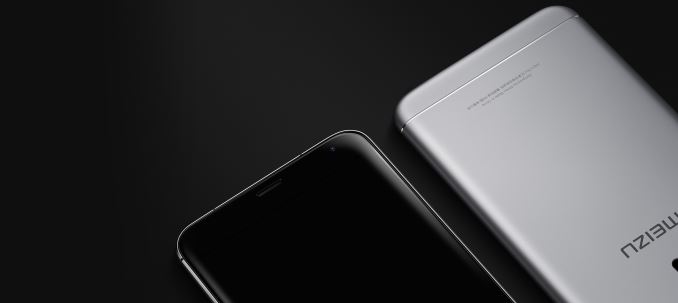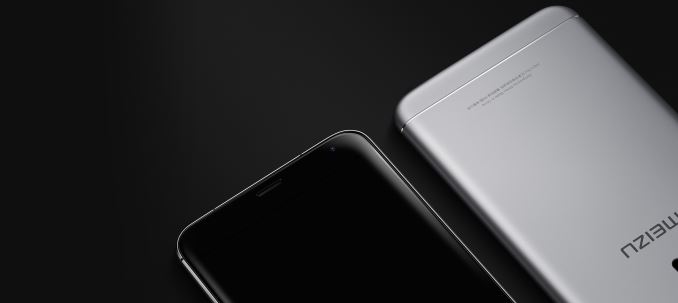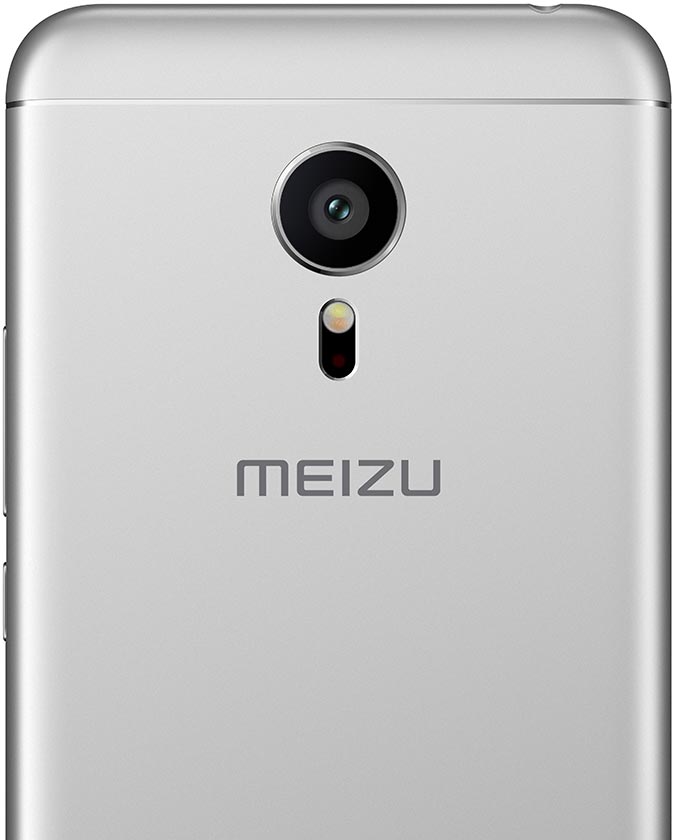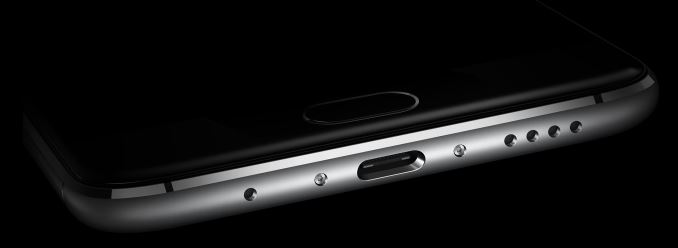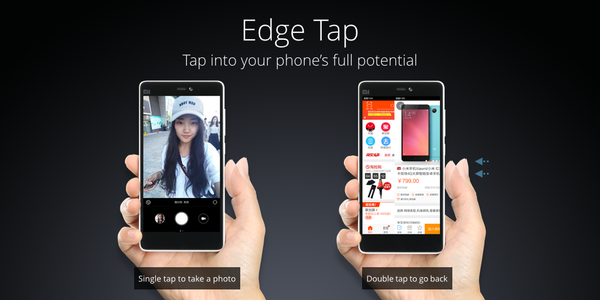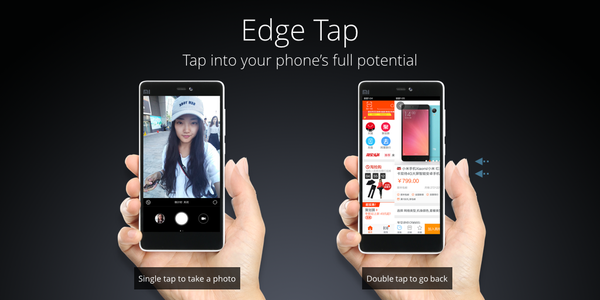Meizu Announces New PRO 5
| Meizu PRO 5 Specifications | |
| SoC | Samsung Exynos 7420
4x Cortex A57 @ 2.1GHz + Mali T760MP8 @ 770MHz |
| RAM | 3 / 4GB LPDDR4-3200 |
| NAND / Storage | 32 / 64GB UFS 2.0 + microSD |
| Display | 5.7″ 1920×1080 SuperAMOLED 2.5D Gorilla Glass 3 |
| Network | 2G / 3G / 4G LTE FDD-LTE / TD-LTE / TD-SCDMA / WCDMA / GSM (Chinese Bands) |
| Dimensions | 156.7 x 78 x 7.5 mm 168 grams |
| Camera | 21.16MP Sony IMX230 sensor F/2.0 Main camera w/ Laser + PDAF auto-focus w/ Dedicated Samsung ISP 5MP F/2.0 Front camera |
| Battery | 3050mAh |
| OS | Android 5.1 with Meizu FlymeOS 5.0 |
| Connectivity | 802.11 b/g/n/ac + BT 4.1 + BLE, GPS/GNSS USB Type C |
| SIM Size | nanoSIM + nanoSIM or nanoSIM + microSD |
Meizu continues the newly introduced usage of AMOLED screens. Similar to the MX4, the PRO5 uses a 1080p Samsung panel, but this time it increases the size to 5.7″, increasing the footprint of the device to 156.7 x 78mm. The screen now features 2.5D edges and is protected by Corning Gorilla Glass 3. Meizu was able to shave off 0.1mm of the thickness to get to a total of 7.5mm on the new flagship, but it seems the battery slightly lost some capacity in the process as it goes from 3150mAh in the MX5 to 3050mAh in the PRO5.
Storage-wise the device comes with either 32 or 64GB of memory backed by the new generation UFS 2.0 interface. Main memory also varies between 3GB or 4GB depending on the variant. What is new for Meizu is that for the first time the company is employing a microSD card slot that is part of the dual-SIM tray, meaning one can choose to use either two nanoSIMs, or have a combination of a microSD with a nanoSIM. The dual-SIM functionality provides dual-standby.
Meizu doesn’t specify the specific bands or what kind of baseband processor is used on the PRO5. Last year we saw the MX4 Pro make unique use of a Marvell Armada baseband so we’ll have to wait until the device is launched to find out what made it into this year’s unit. It should be mentioned though that for now it seems Meizu limits itself to the Chinese market as the band support for western networks looks to be sparse.
On the camera-side, we now see usage of a new Sony IMX230 sensor. This is the same sensor found on the recently announced Moto X Style and Moto X Play. The sensor is encased in a 6-lens F/2.0 camera module. Interestingly, Meizu advertises usage of a dedicated Samsung ISP that is supposed to improve image quality. The camera is able to record 4K video in HEVC format, which should help reduce file sizes.
Among the usual top-end connectivity features, the phone comes with a new USB Type C connector which should enable it to be future-proof as the industry transitions over to the new standard.
The Meizu PRO5 comes in gold, grey, silver and silver & black colour options in either 3GB/32GB or 4GB/64GB variants priced at respectively¥2799 (US$438, 393€) or ¥3099 (US$485, 435€).
Source: Meizu

